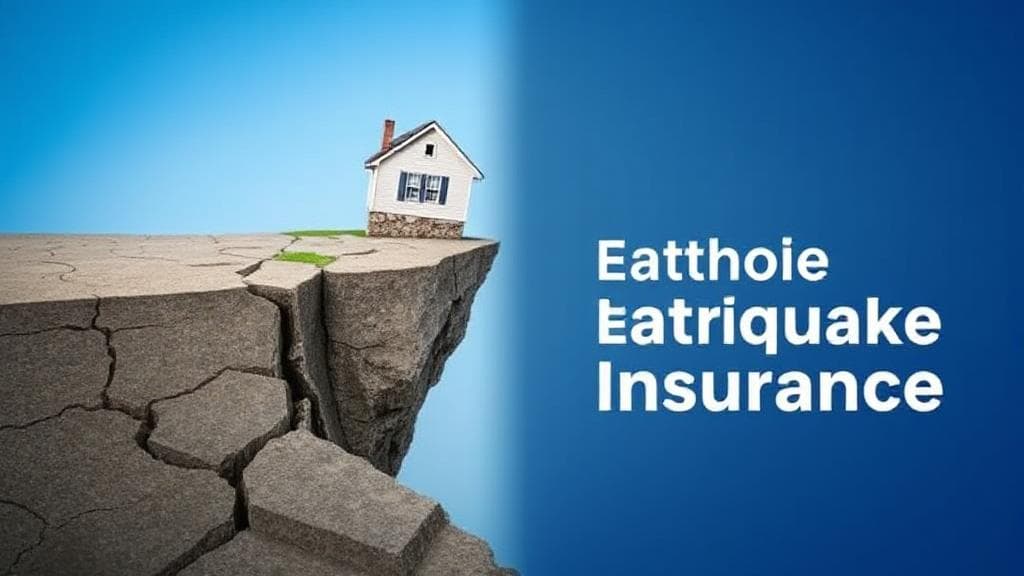Understanding Earthquake Insurance and Risk Assessment
Earthquake insurance is a specialized type of property insurance that covers damage caused by seismic events, unlike standard homeowners insurance which typically excludes earthquake damage. The decision to purchase this coverage requires careful evaluation of various factors.
Geographic Risk Assessment
Your location is a primary consideration. High-risk regions include:
- California's San Andreas Fault zone
- Pacific Northwest's Cascadia Subduction Zone
- New Madrid Seismic Zone in the central United States
- Alaska's coastal regions
- Hawaii's volcanic zones
The United States Geological Survey (USGS) provides detailed maps and data on earthquake risks to help assess your area's vulnerability.
Key Financial Considerations
Cost and Coverage Structure
Earthquake insurance premiums vary based on several factors:
- Property location
- Building age and construction type
- Foundation type
- Number of stories
- Coverage amount
- Deductible choice
"The average earthquake insurance premium in California ranges from $800 to $5,000 annually, with deductibles typically between 10% and 25% of the coverage limit." - California Earthquake Authority
Property Evaluation
| Factor | Higher Risk | Lower Risk |
|---|---|---|
| Foundation | Raised | Slab |
| Construction | Unreinforced masonry | Wood frame |
| Age | Pre-1980 | Post-1980 |
| Stories | Multi-story | Single-story |
Alternative Risk Management Strategies
Structural Improvements
Consider implementing earthquake-resistant features:
- Foundation bolting
- Cripple wall bracing
- Water heater strapping
- Flexible utility connections
The Federal Emergency Management Agency (FEMA) offers resources on retrofitting homes for earthquake safety.
Emergency Fund Planning
Building an emergency fund can serve as an alternative or complement to insurance coverage:
- Minimum: 3-6 months of living expenses
- Ideal: Enough to cover your earthquake insurance deductible
Pros and Cons
Benefits of Earthquake Insurance
- Provides financial protection against significant repair costs
- Offers peace of mind in high-risk areas
- Can be tailored with different coverage options
- Helps avoid financial ruin in major earthquakes
Drawbacks of Earthquake Insurance
- High premiums and deductibles can be cost-prohibitive
- May not be necessary in low-risk areas
- Coverage limits might not fully cover all damages
- Some policies exclude certain types of damage
Making Your Decision
Consider these scenarios when evaluating earthquake insurance:
When Insurance Makes Sense
- You live in a high-risk seismic zone
- Your home has significant equity
- You couldn't afford to rebuild without insurance
- Your property has structural vulnerabilities
When to Skip Coverage
- You live in a low-risk area
- Your home is built to modern seismic standards
- You have substantial liquid assets
- The premium-to-coverage ratio is unfavorable
For more information about earthquake preparedness and insurance options, visit:
- Ready.gov's Earthquake Safety Guide
- Insurance Information Institute
- National Earthquake Information Center (NEIC)
Remember that earthquake insurance is just one component of a comprehensive disaster preparedness plan. Consider consulting with insurance professionals and structural engineers to make the most informed decision for your specific situation.
